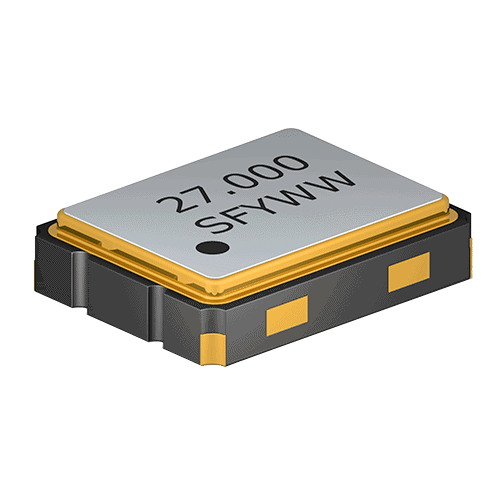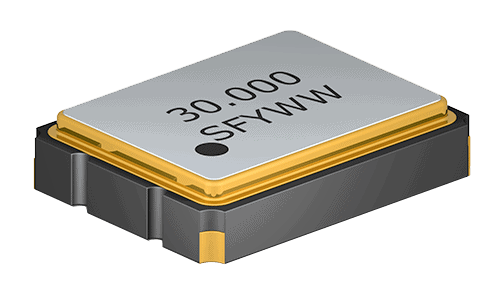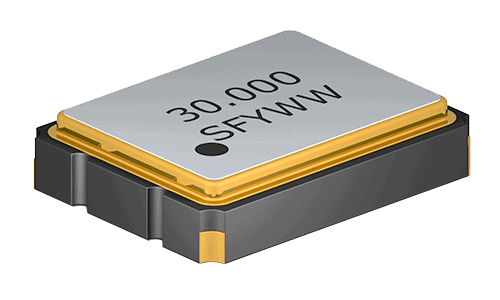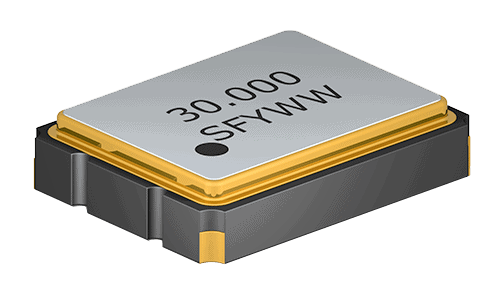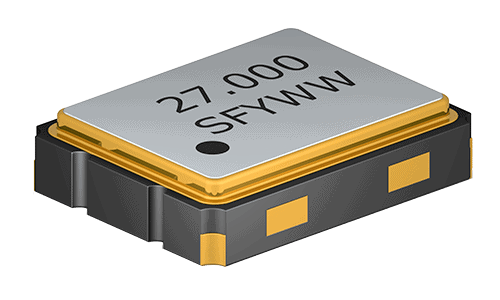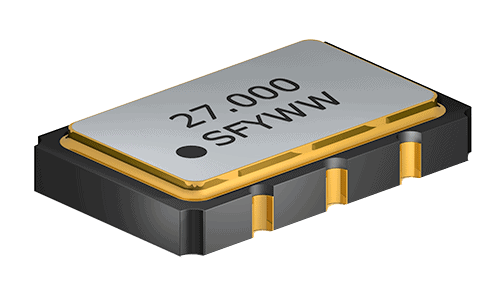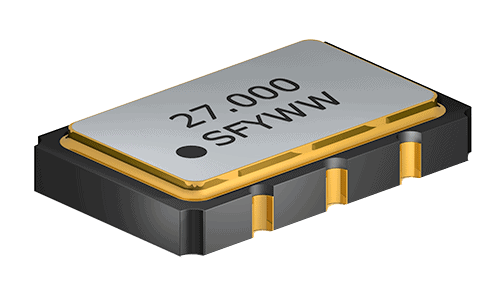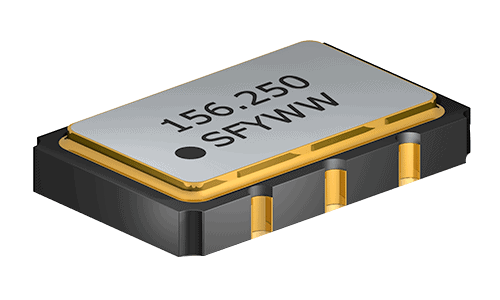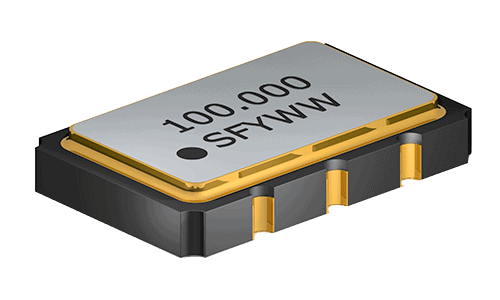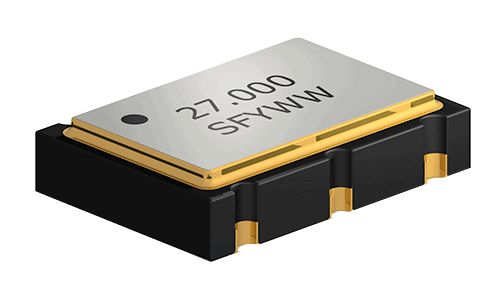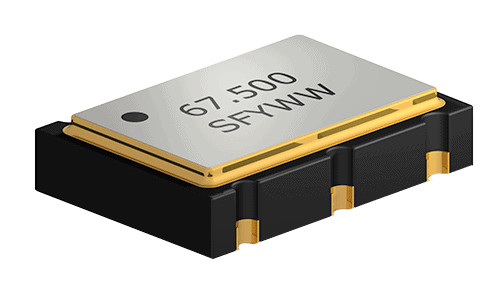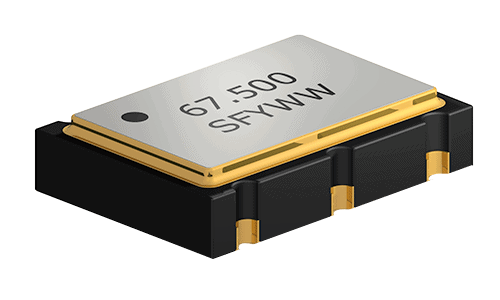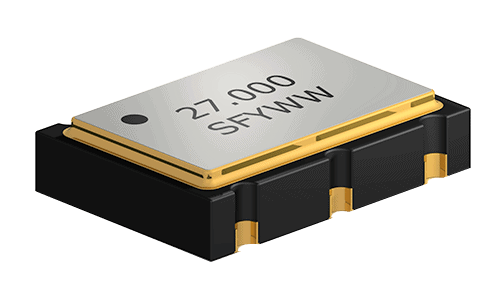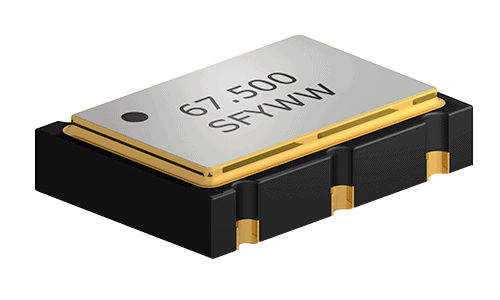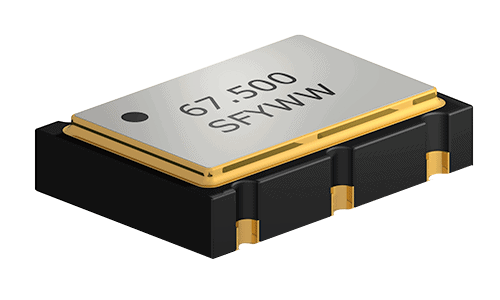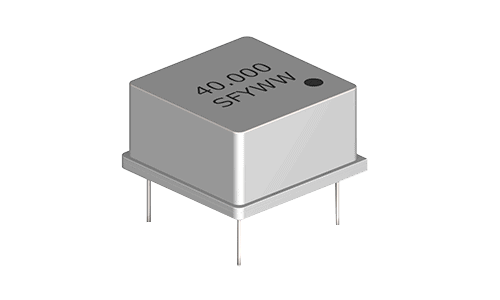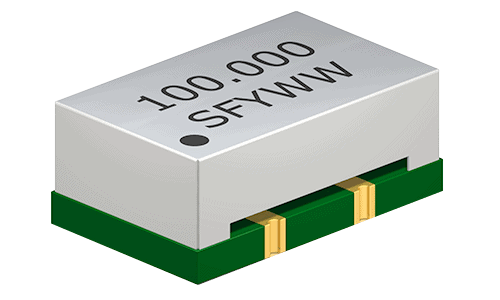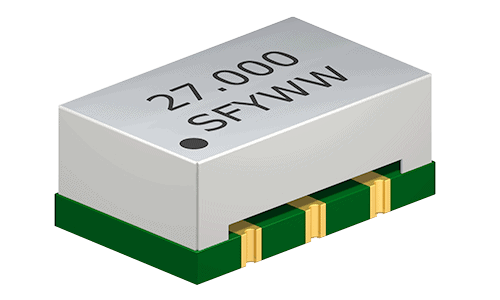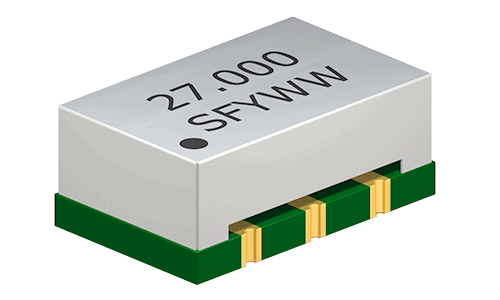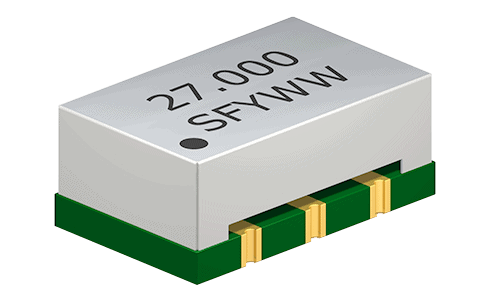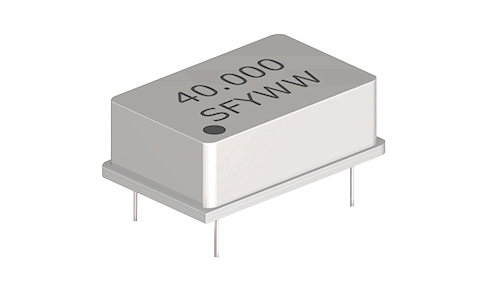Suntsu VCXO’s are available in through-hole or surface-mount packaging. We offer a wide frequency range and many different voltages and logic options. Pick out a standard part number from the data sheets listed below or contact our sales team to request any custom parameters that you desire and we will design to your specific needs.
Voltage-Controlled Crystal Oscillators are used when the frequency of operation needs to be adjusted. The frequency of a voltage-controlled crystal oscillator can be varied typically by a hundred parts per million (ppm), because the high Q factor of the crystals allows “pulling” over a range of frequencies.
Reasons for using a VCXO are to adjust the output frequency to match (or perhaps be some exact multiple of) an accurate external reference or where the oscillator drives equipment that may generate radio-frequency interference (adding a varying voltage to its control input can disperse the interference spectrum to make it less objectionable). Learn More
